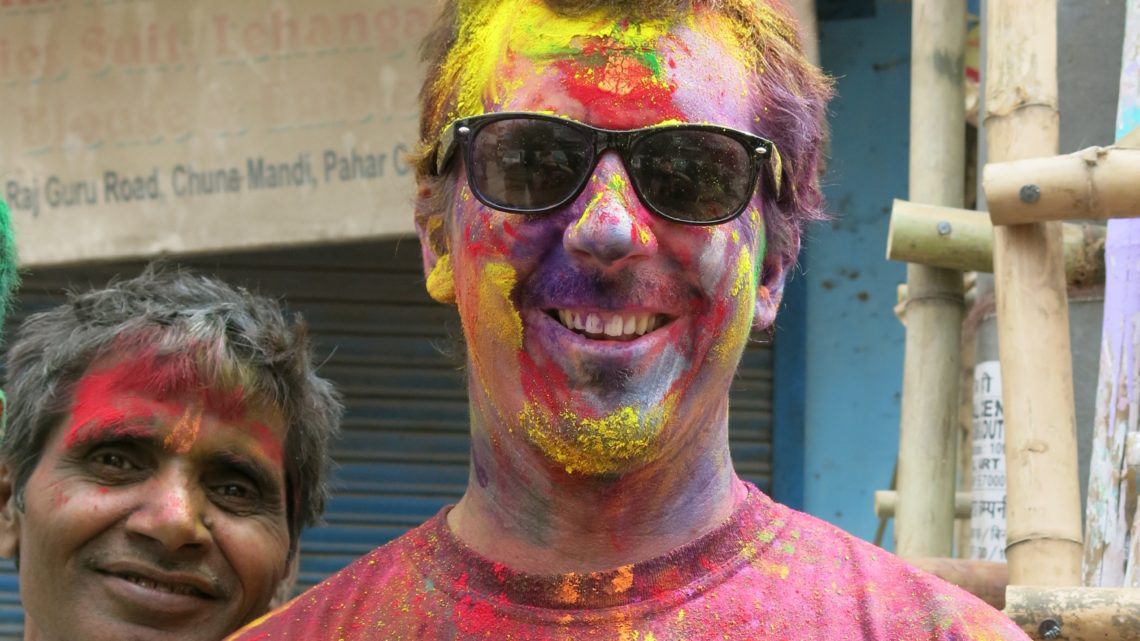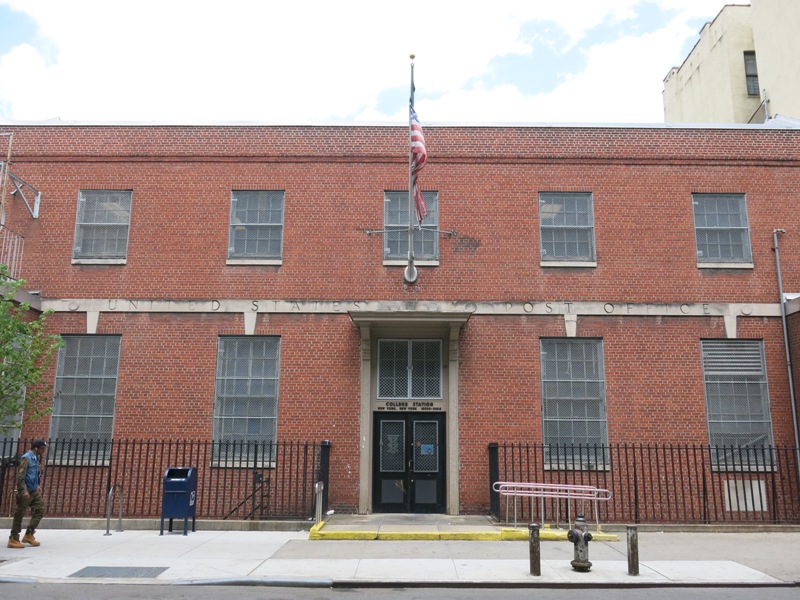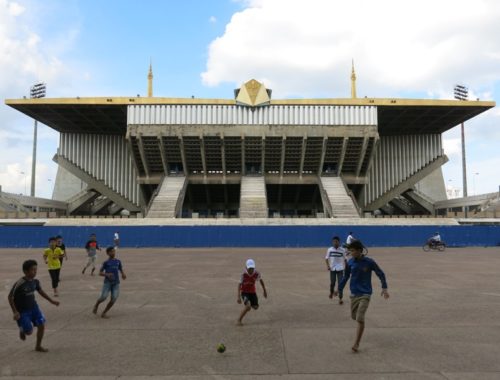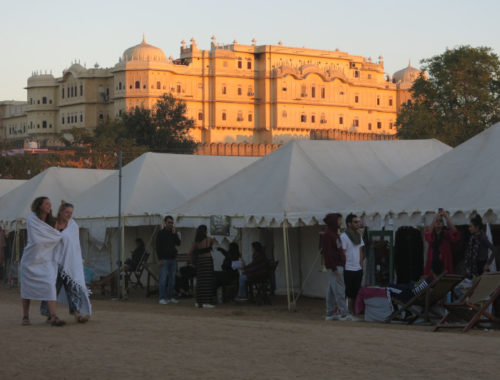Test cricket at Feroz Shah Kotla, the Holi festival – in cricketing parlance, it was all happening when I kicked off my first trip to India in the madcap capital city.
I saw more of the worst of Delhi than the best on that trip, yet still found myself living here within three years because YOLO, as the kids once said.
My spread on Holi, in the grit and grime of Paharganj rather than any of Delhi’s more picturesque locales, runs on P 36-37 in the embedded flipbook – or just scroll past to read the word’s below.
THE MANY FACES OF HOLI
KRIS SWALES WALKS THE STREETS OF NEW DELHI’S PAHARGANJ DISTRICT DURING THE HOLI FESTIVAL, A DAY WHERE HUMANITY IS UNITED BY COLOUR BUT SOME OF DELHI’S DEMONS CAN’T HELP BUT REAR THEIR HEADS.
There’s an unusual sound filling the air of New Delhi on this overcast March morning. Absent is the cacophony of car, motorcycle and tuk-tuk horns that usually soundtracks a transport system best described as Delhi Dodgems, replaced instead by an eerie silence. Or perhaps, more accurately, the sound of expectation.
The annual Holi Festival has arrived in the bustling Paharganj district, home to countless tourist-filled hotels, honest street vendors and just as many shady street hustlers. Last night, small bonfires were lit on the side of the narrow streets and laneways to burn evil spirits as part of the Hoilka Dahan ritual. If that was a solemn undertaking, the main festivities are more celebratory in nature.
Later tonight parties will rage across the city, with artists such as Ace Ventura and Liquid Soul bringing the psy and progressive sounds familiar to Australian bush doof goers into New Delhi’s cultural melting pot. Daytime, though, is where the real fun lies – just not fun of the good, clean variety. For Holi, at its essence, is the Indian equivalent of an Australian high school muck-up day; reminiscent of the water fights of Thailand’s Songkran Festival, but with colour. Lots of it.
While families here tend to enjoy their own Holi celebrations behind closed doors, groups of Indian males – predominately in their teens and twenties – roam the streets and laneways of Paharganj. They’re bearing bags of richly coloured food dyes to smear on the hair, face and bodies of their fellow man so that everybody looks the same, hence breaking down barriers of age, sex, caste and creed for the day.
A Times Of India report confirms why there is a scarcity of Indian women on the streets. They’re in hiding, thanks in part to a minority of local men who exploit this tactile communion as their chance to get a little more hands-on than is welcome.
The scenes in this corner of Delhi also bear little resemblance to the traditional Holi imagery; of huge groups gathered in confined spaces, cascades of colour soaring through the air and coating the people below. Here, small skirmishes break out sporadically, dye peppering the sky in a more scattershot fashion.
The rooftops above Paharganj are lined with snipers eyeing off unsuspecting passersby – some simply emptying buckets of water on their prey, others throwing water balloons with the ferocity of a pitcher on the plate for the first innings of baseball’s World Series.
There’s a largely carnival atmosphere in the air as perfect strangers, both local and foreign, greet each other with the “Happy Holi!” cry, trade colours, then hug warmly. Men who don’t participate with the enthusiasm of their brethren are chided as being “macho”, but in a city where public displays of affection between males are commonplace, the machos are few and far between.
Futuristic water pistols, gigantic air pumps and spray cans of foul-tasting coloured foam are also part of the arsenals of seasoned Holi veterans, who drench anyone who walks past whether they’re prepared or not. Throngs of partygoers gather en masse in some areas where the colour trading feels more like competitive sport, though always with the same smiling faces. Some side streets, strangely, remain as silent as the morning air.
The colour and water fights begin to die down around lunchtime, just as proceedings take on a sinister edge. A boy, barely in his teens, puts his arm around a Dutch tourist for a photo and grabs her breast, his hand angrily slapped away.
Shortly after, a pair of British sisters I come across is groped first by one young local man, then by a mob which quickly forms around them. The joyful strains of Holi are instantly shattered as one of the girls screams and grabs my arm; survival instincts kicking in, I put my other arm around her sister’s lower back and push us through the group and back into the open. The flashpoint, all over in five seconds, gives you a small taste of how quickly mob rule can escalate in the Indian capital.
It’s time to retire to their hotel rooftop for a couple of rounds of Kingfishers, but not before taking a good hard look in the mirror first. These dyes are colourfast, and it’s going to take more than one scrubbing session before the face looking back is a familiar one.




